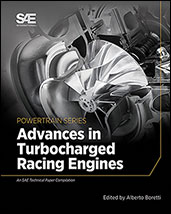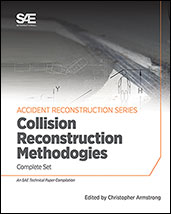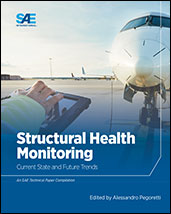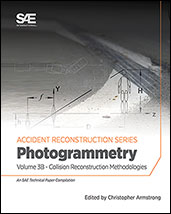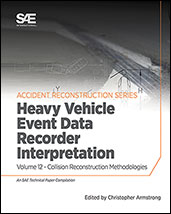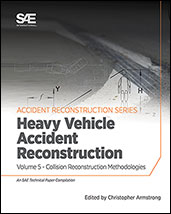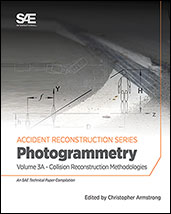Book

Allied Aircraft Piston Engines of World War II, 2nd Edition
2019-05-16
Allied Aircraft Piston Engines of World War II, now in its second edition, coalesces multiple aspects of war-driven aviation and its amazing technical accomplishments, leading to the allied victory during the second world war. Not by chance, the air battles that took place then defined much of the outcome of one of the bloodiest conflicts in modern history. Forward-thinking airplane design had to be developed quickly as the war raged on, and the engines that propelled them were indeed the focus of intense cutting-edge engineering efforts. Flying higher, faster, and taking the enemy down before they even noticed your presence became a matter of life or death for the allied forces. Allied Aircraft Piston Engines of World War II, Second Edition, addresses British- and American-developed engines. It looks at the piston engines in detail as they supported amazing wins both in the heat of the air battles, and on the ground supplying and giving cover to the troops.



